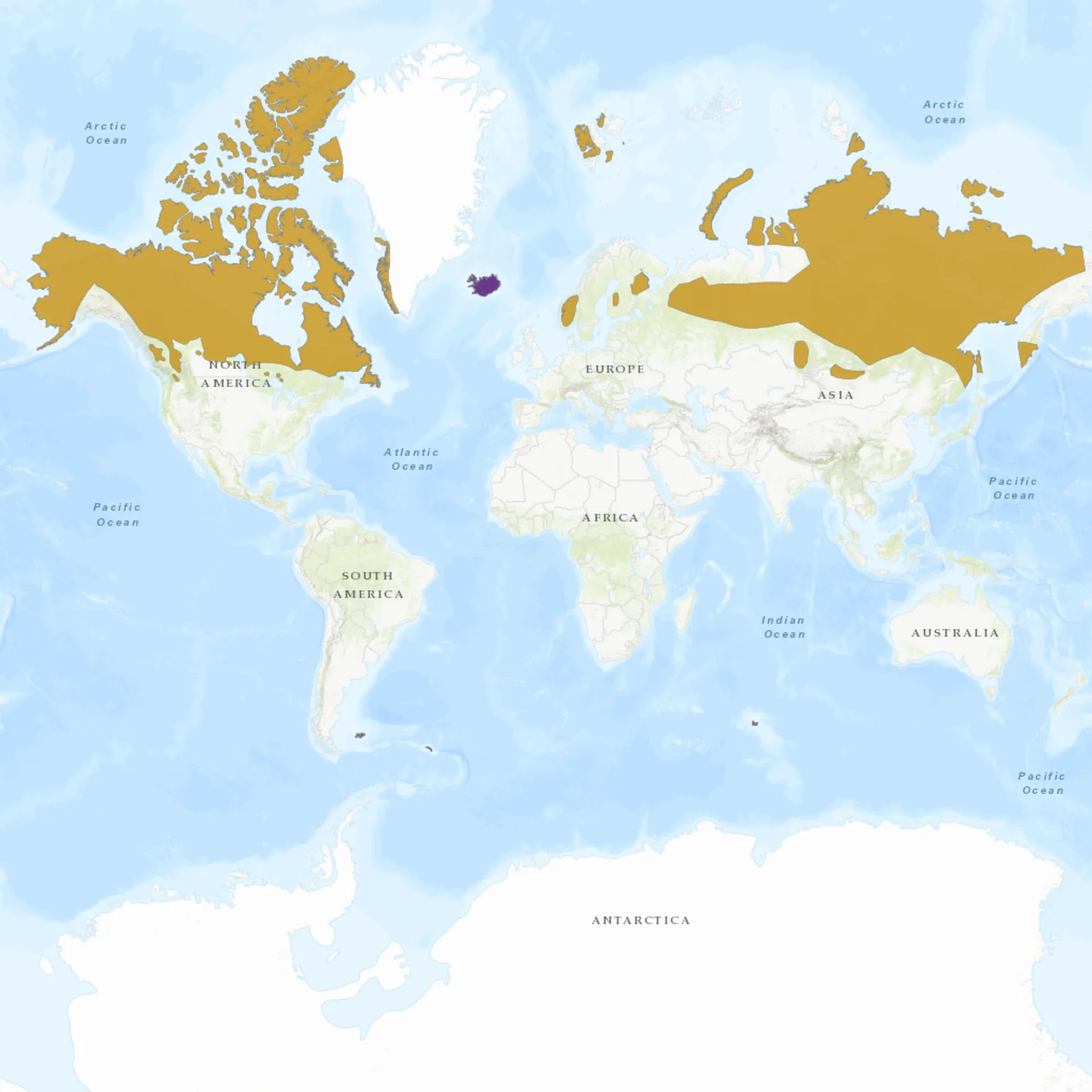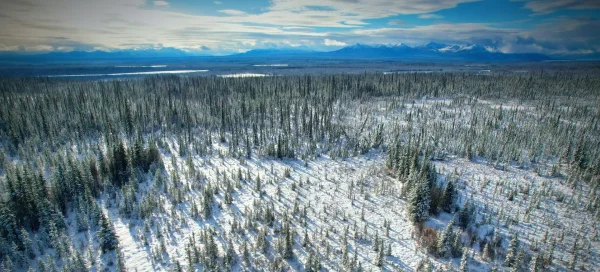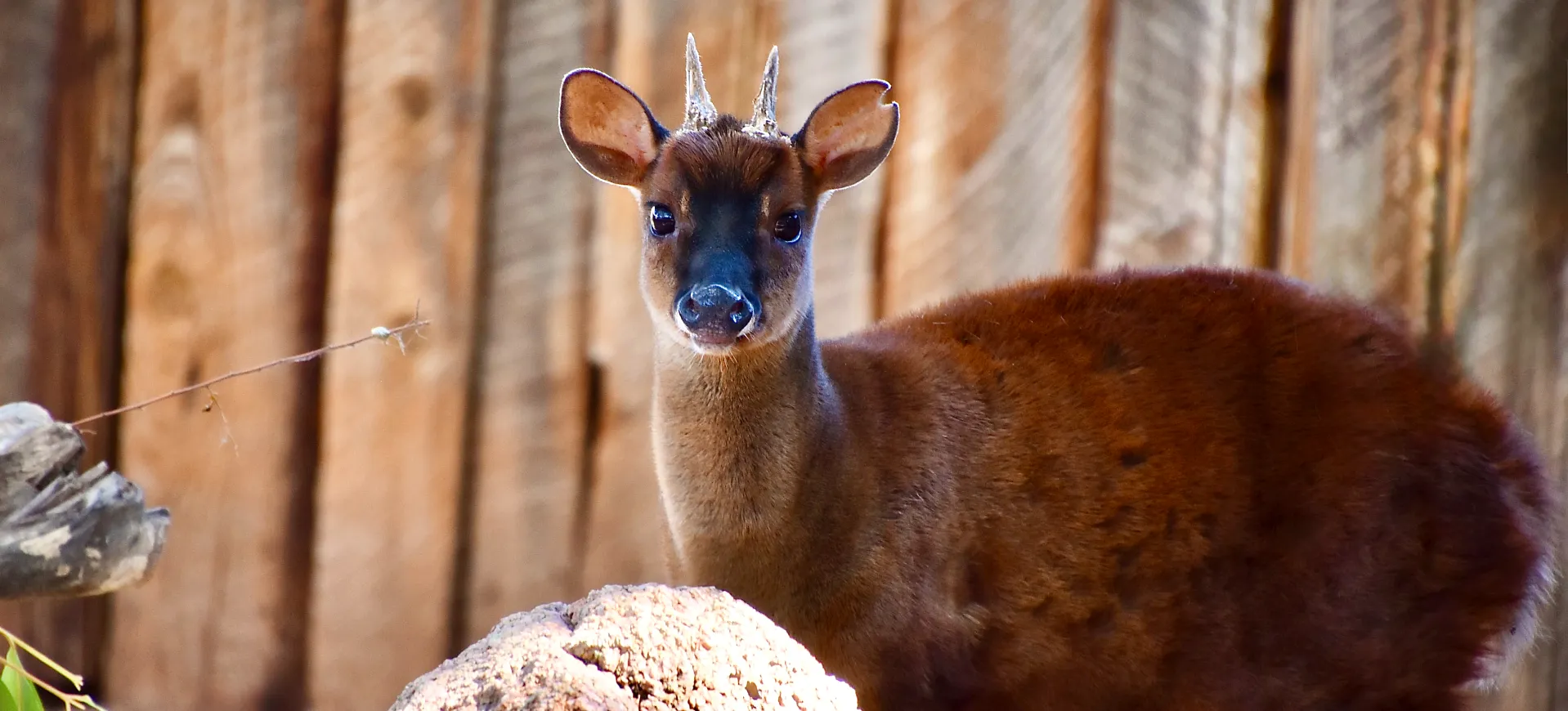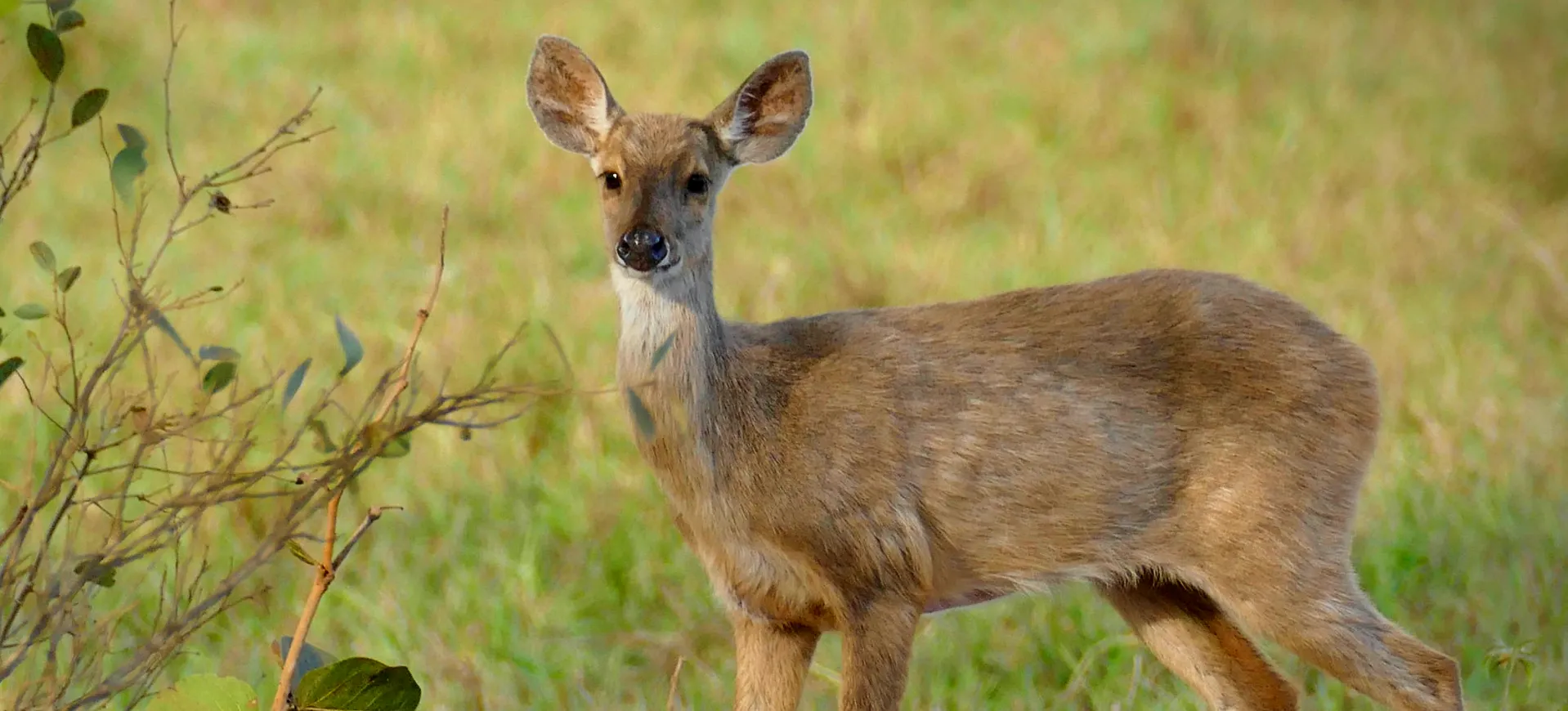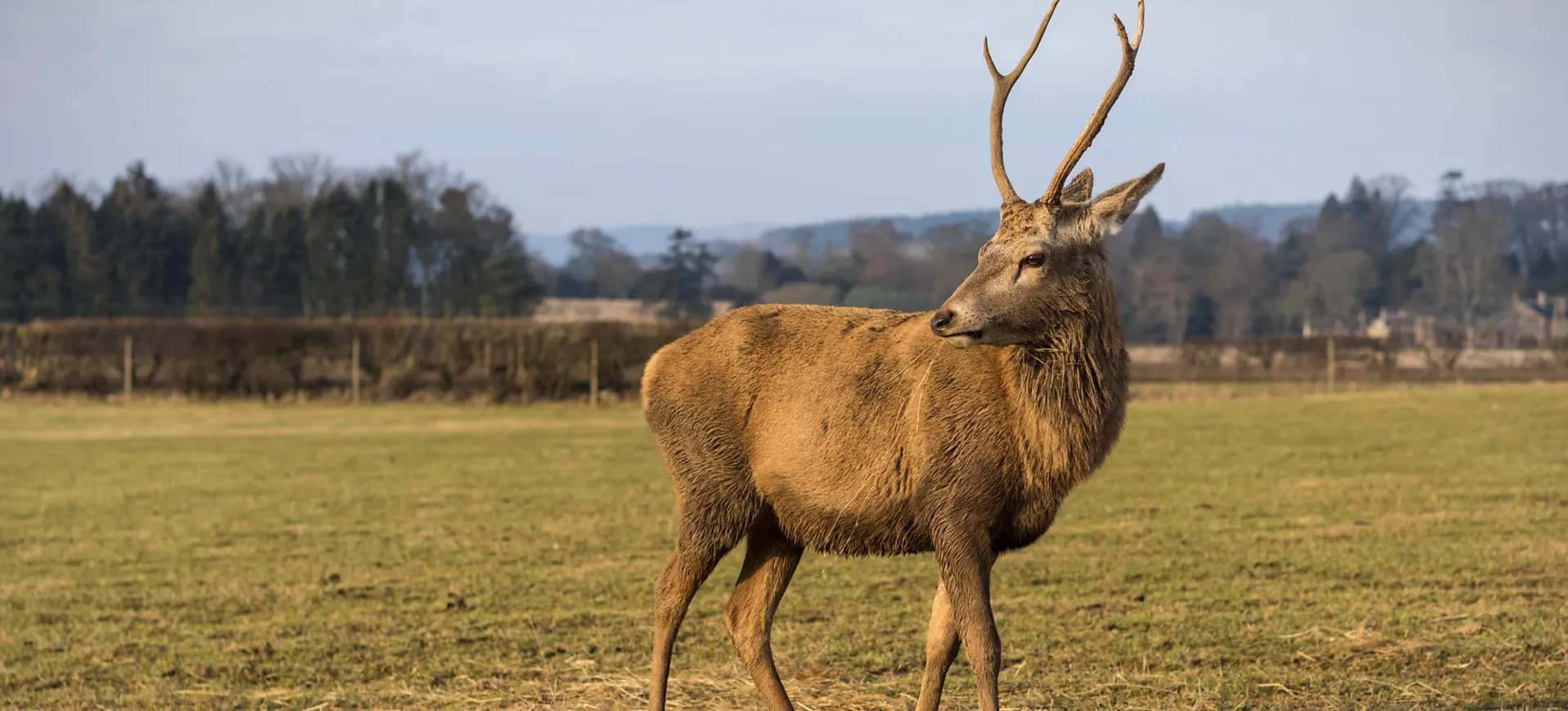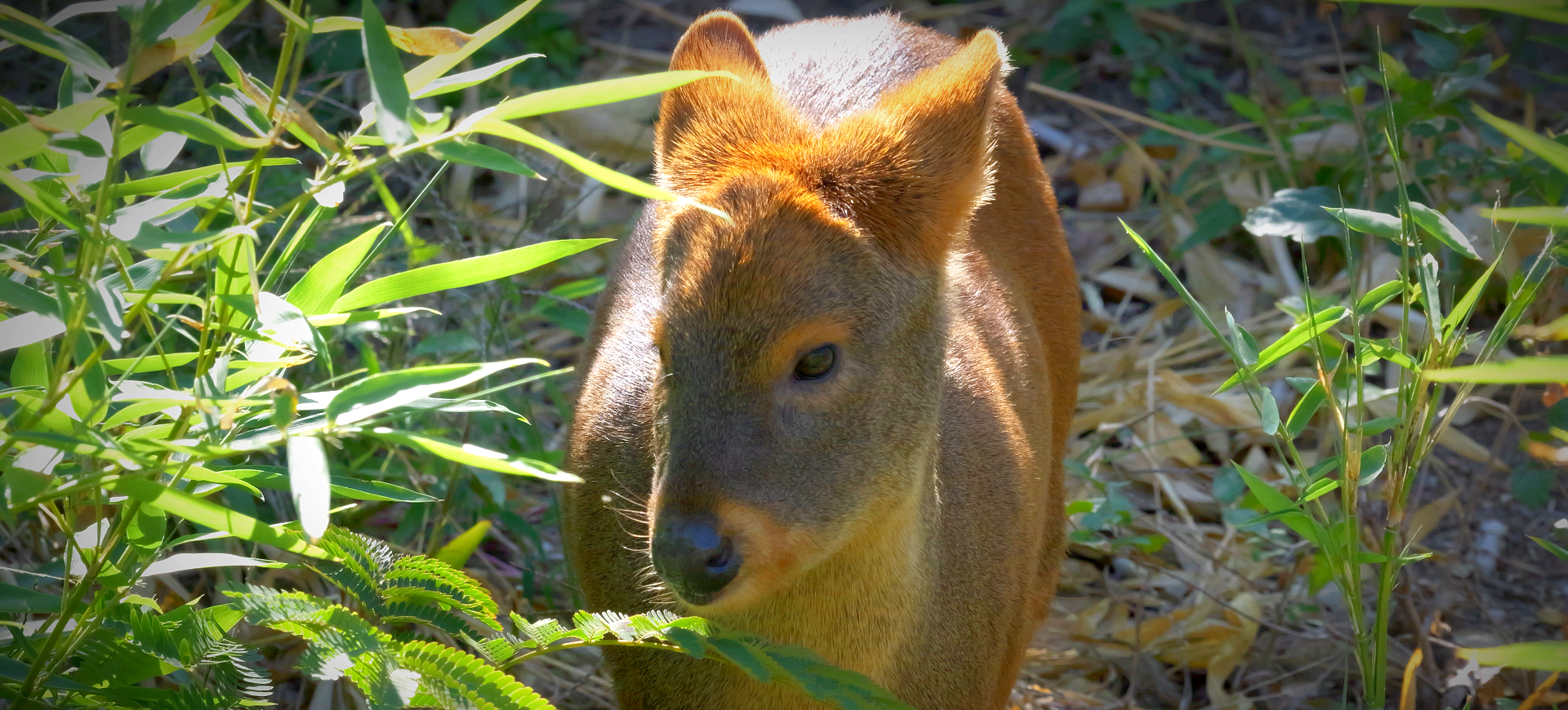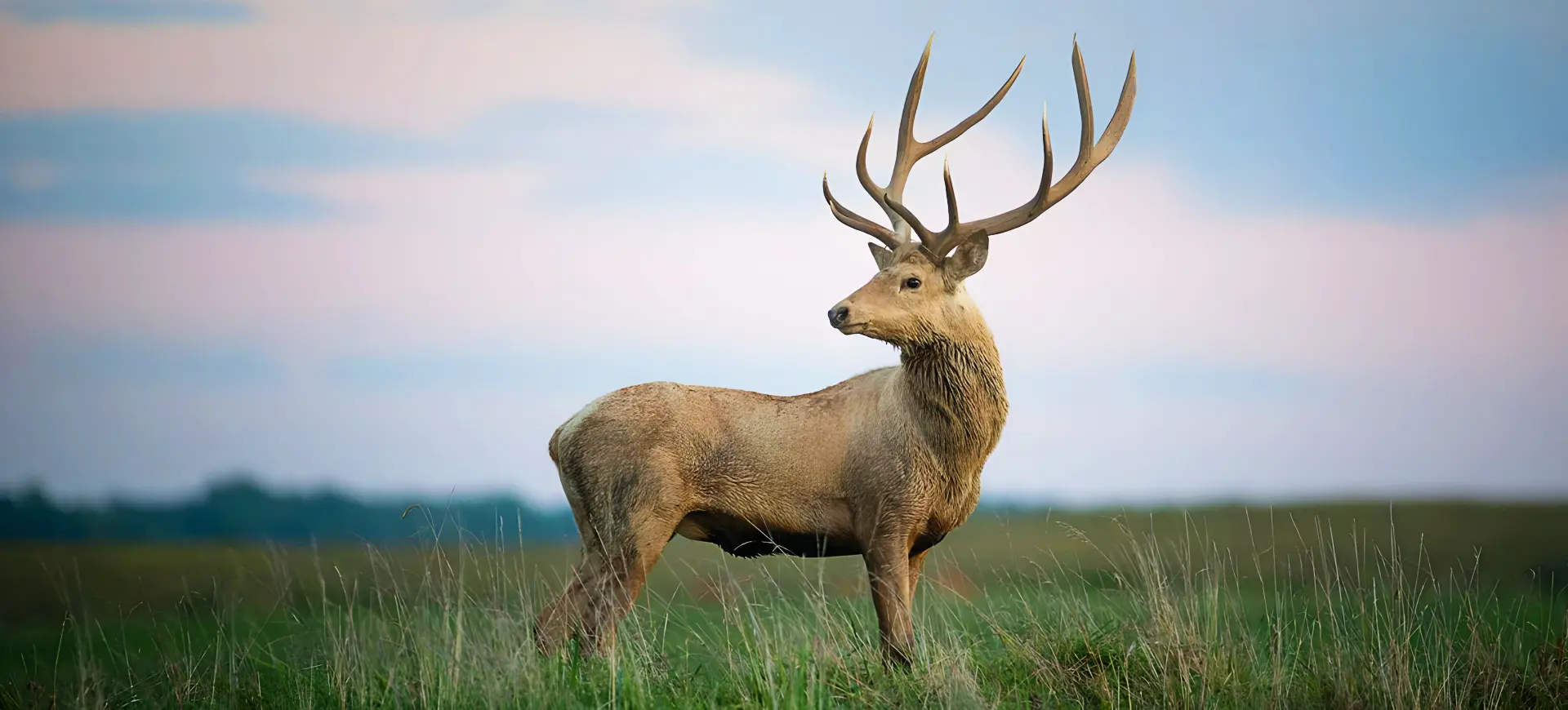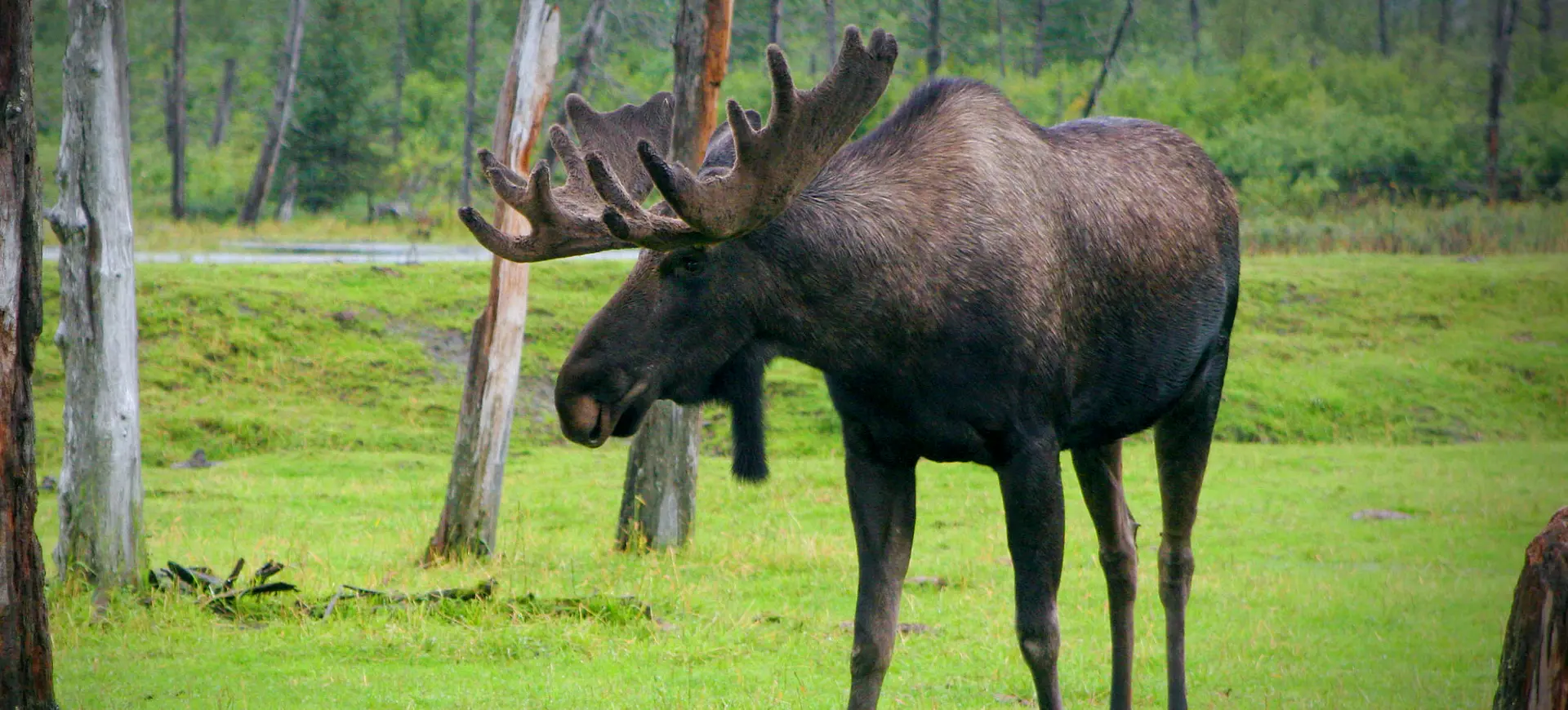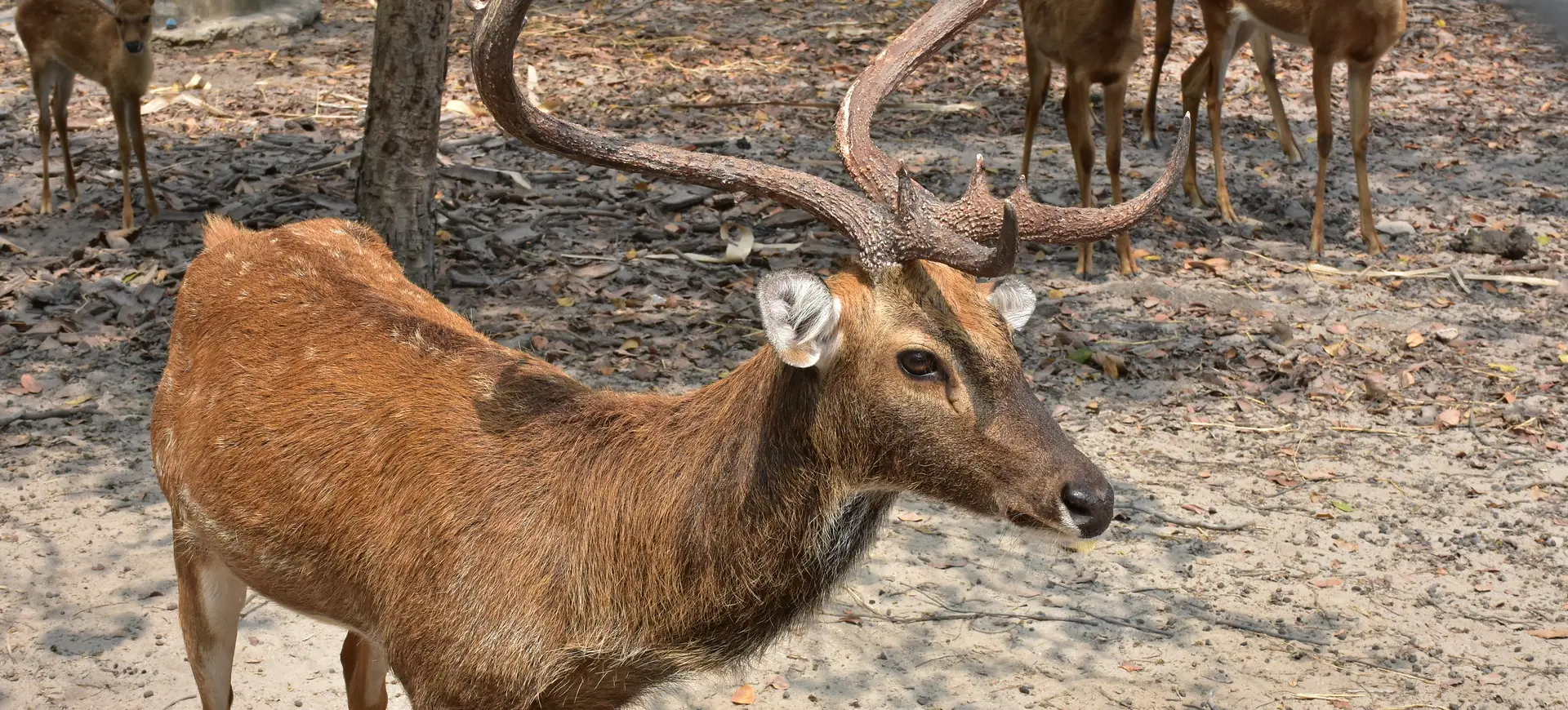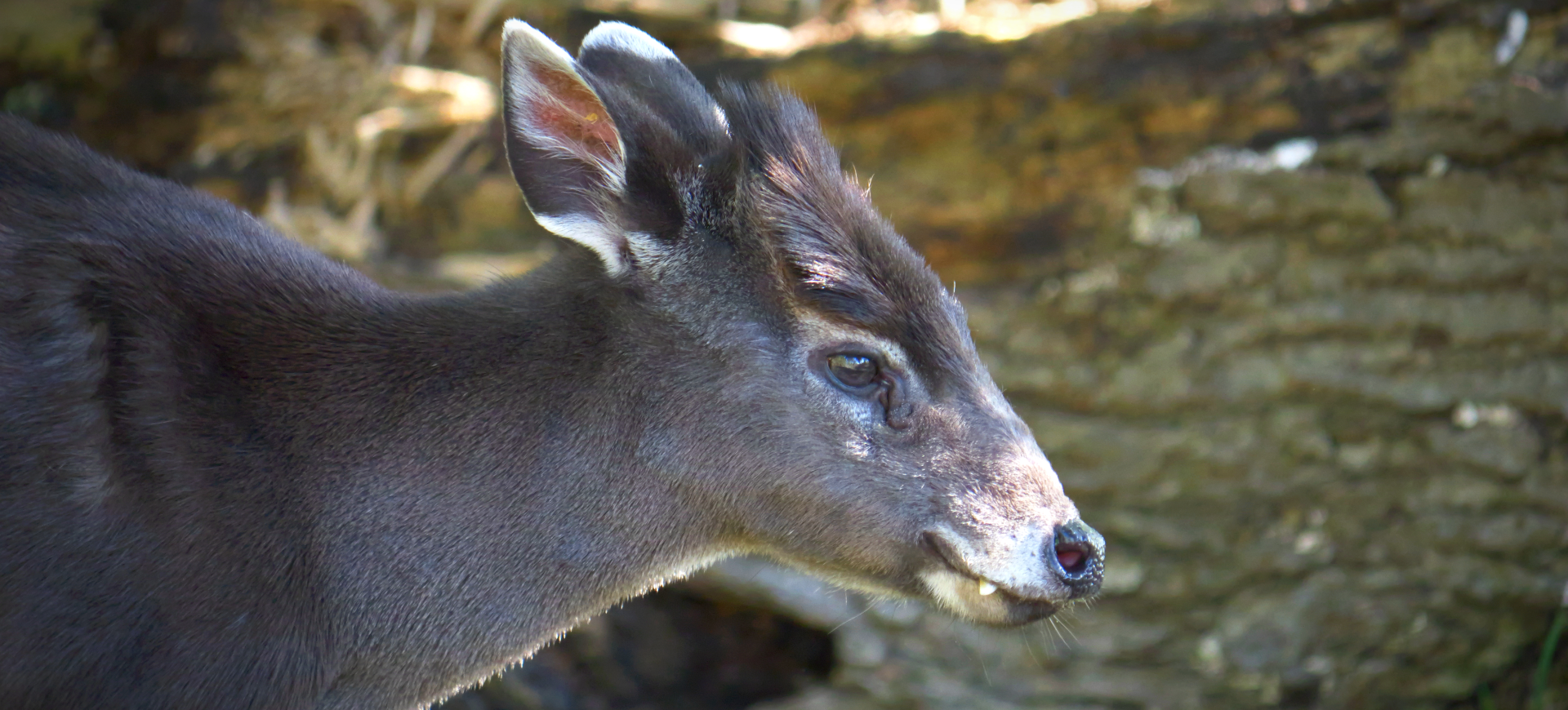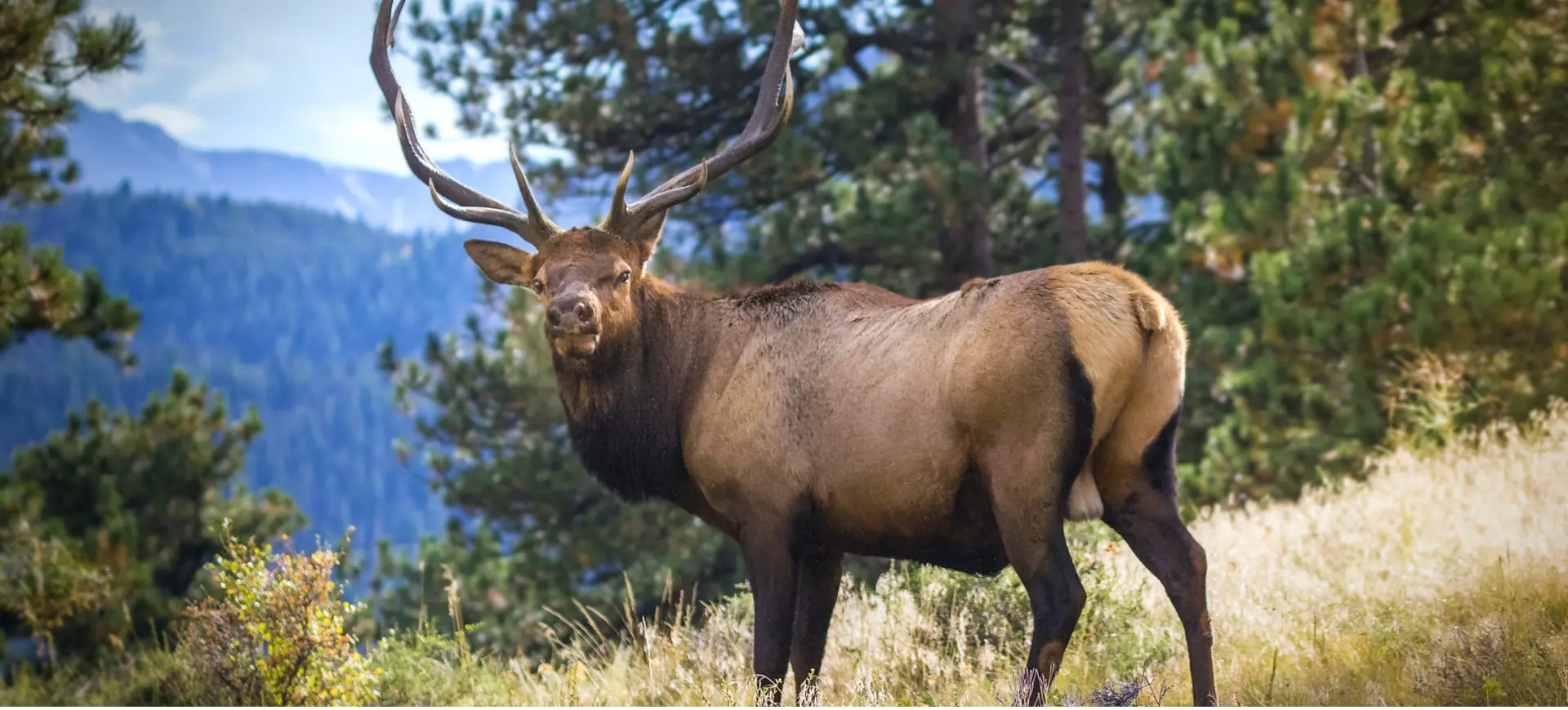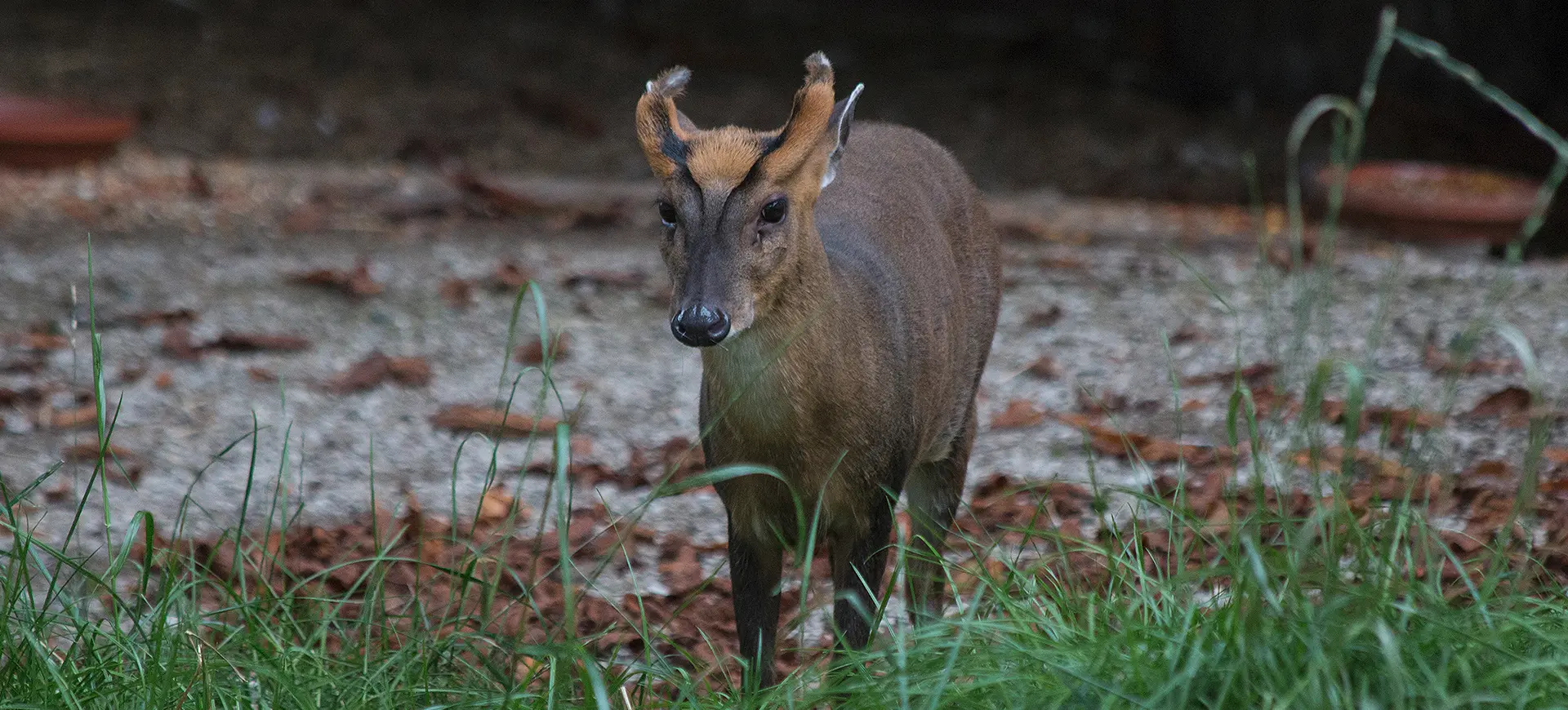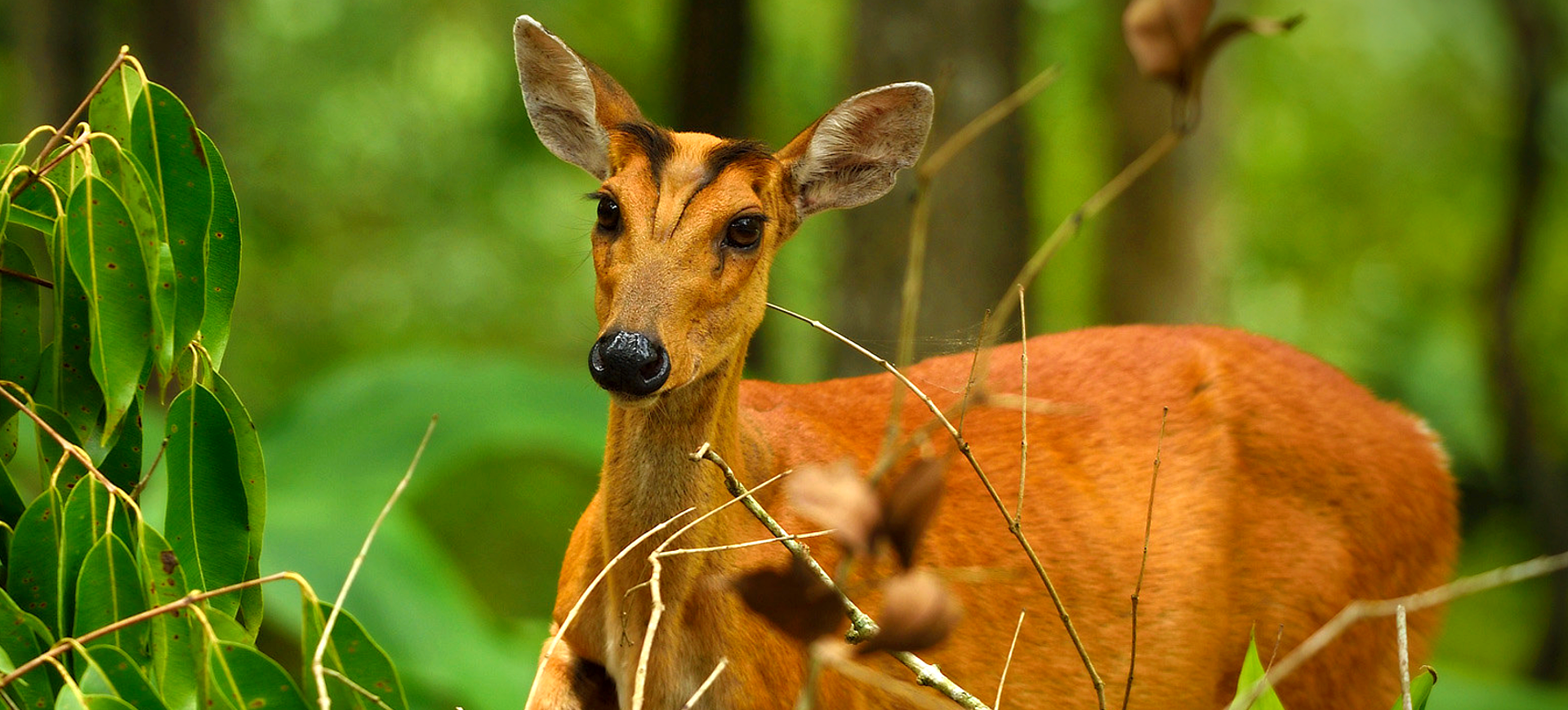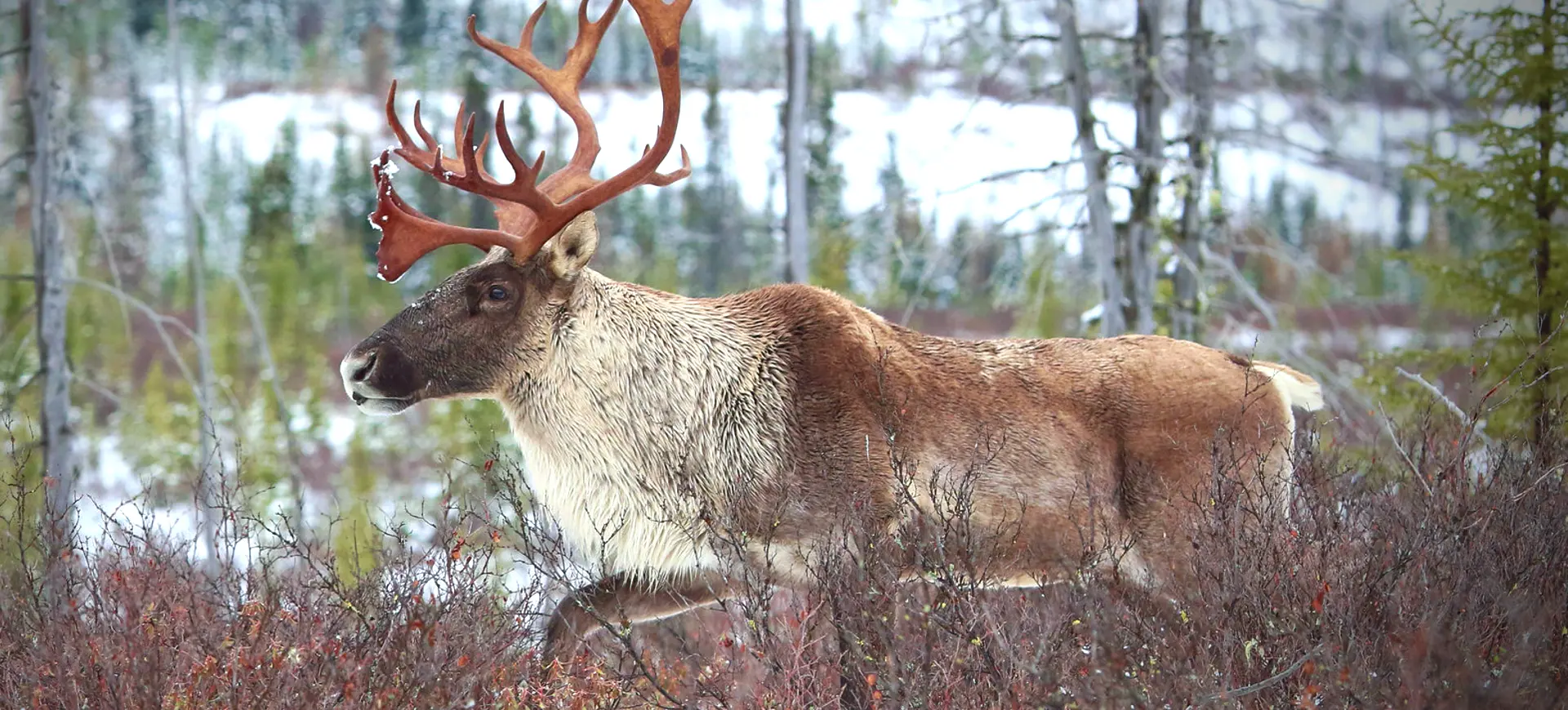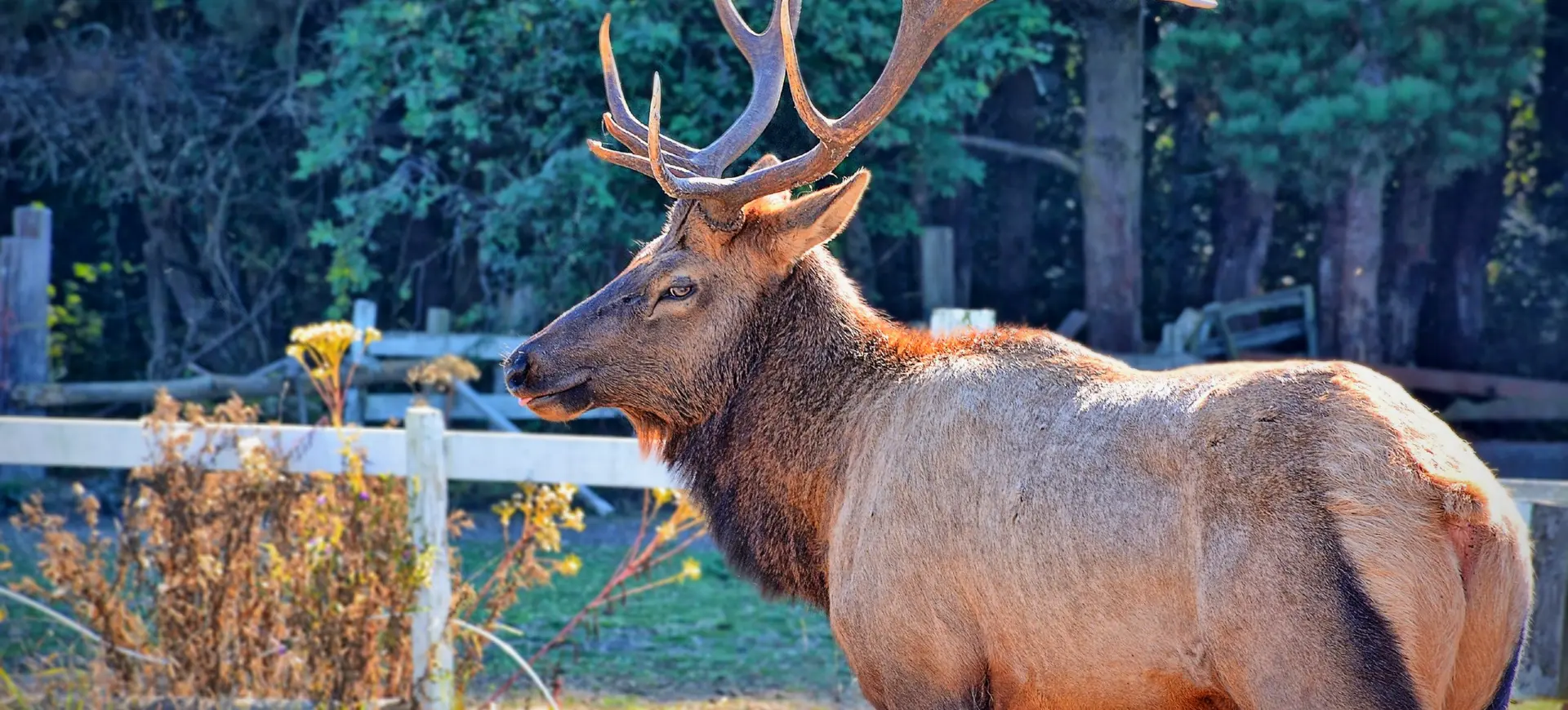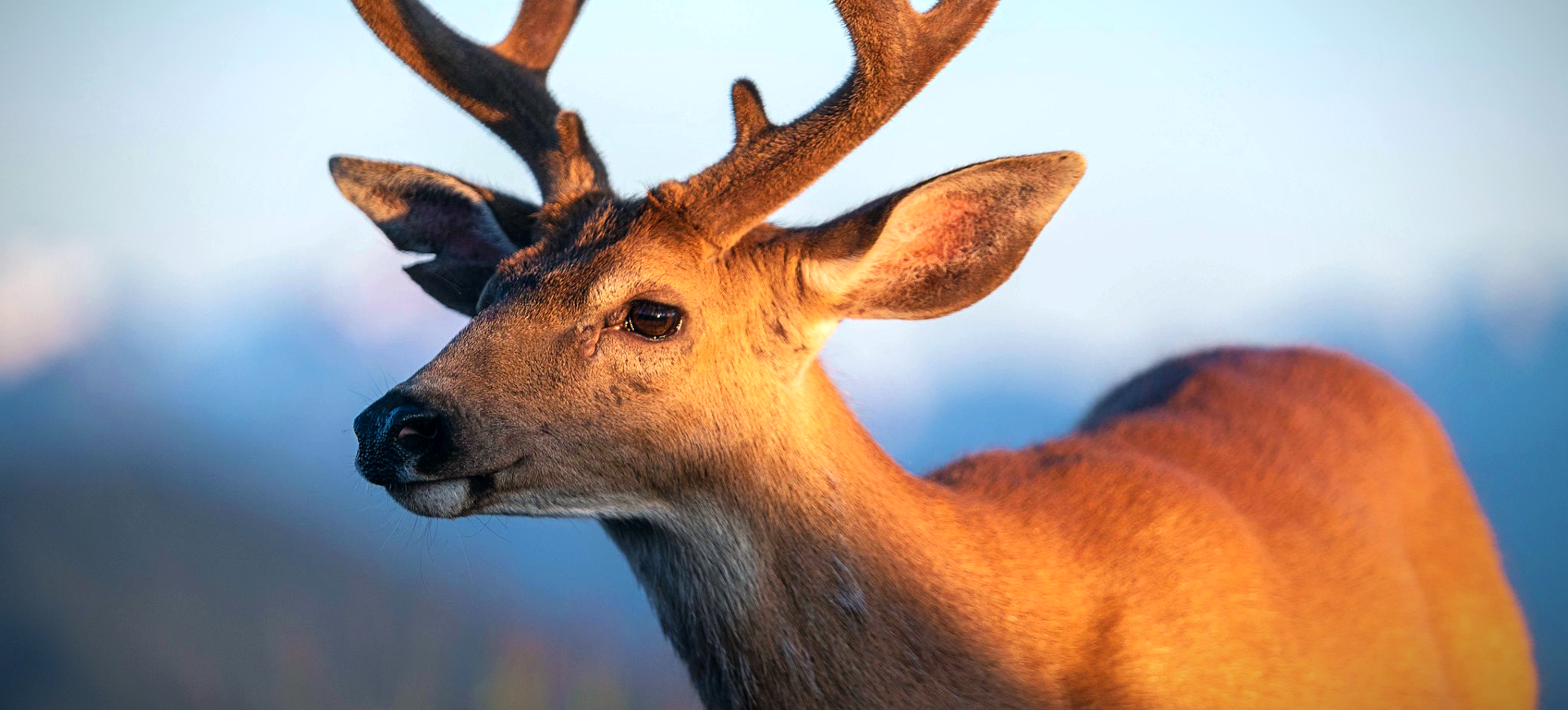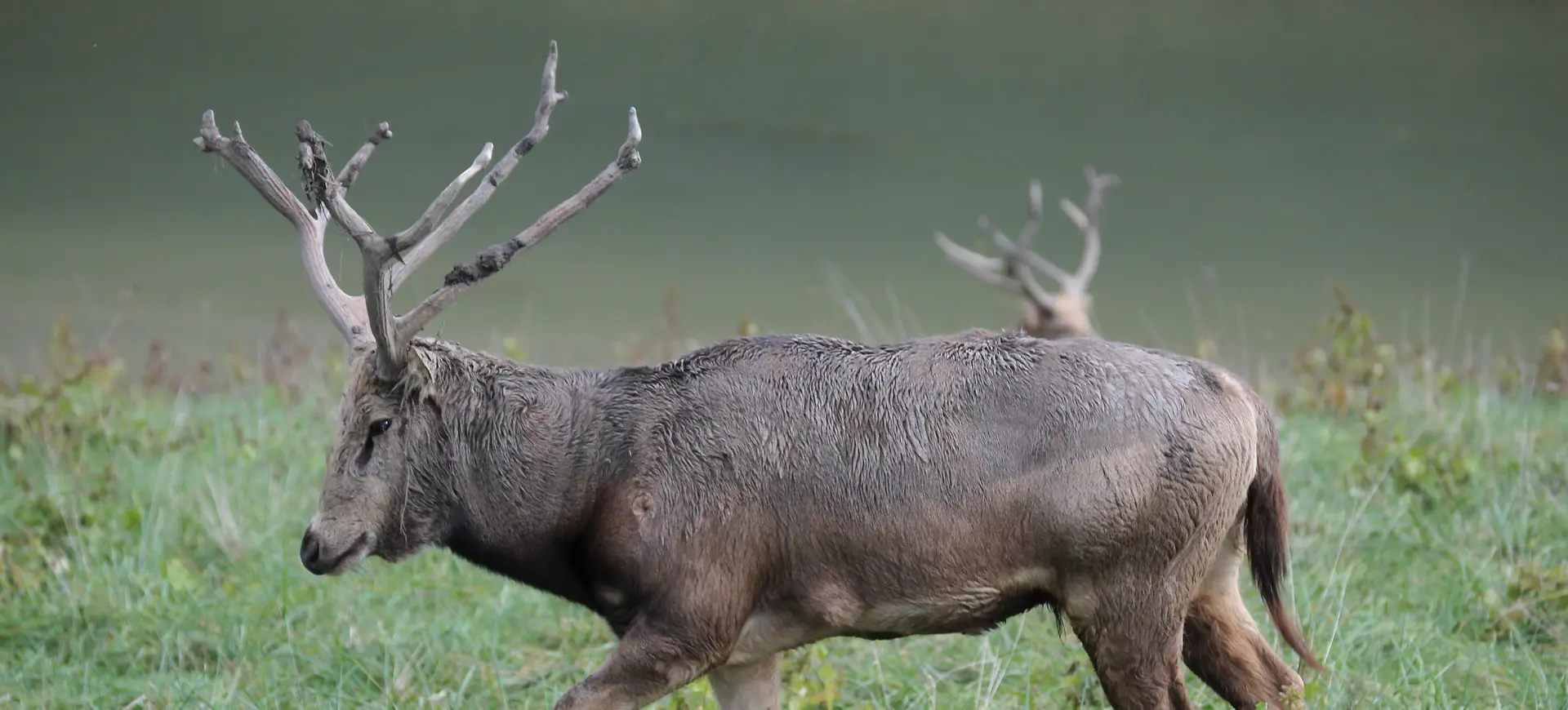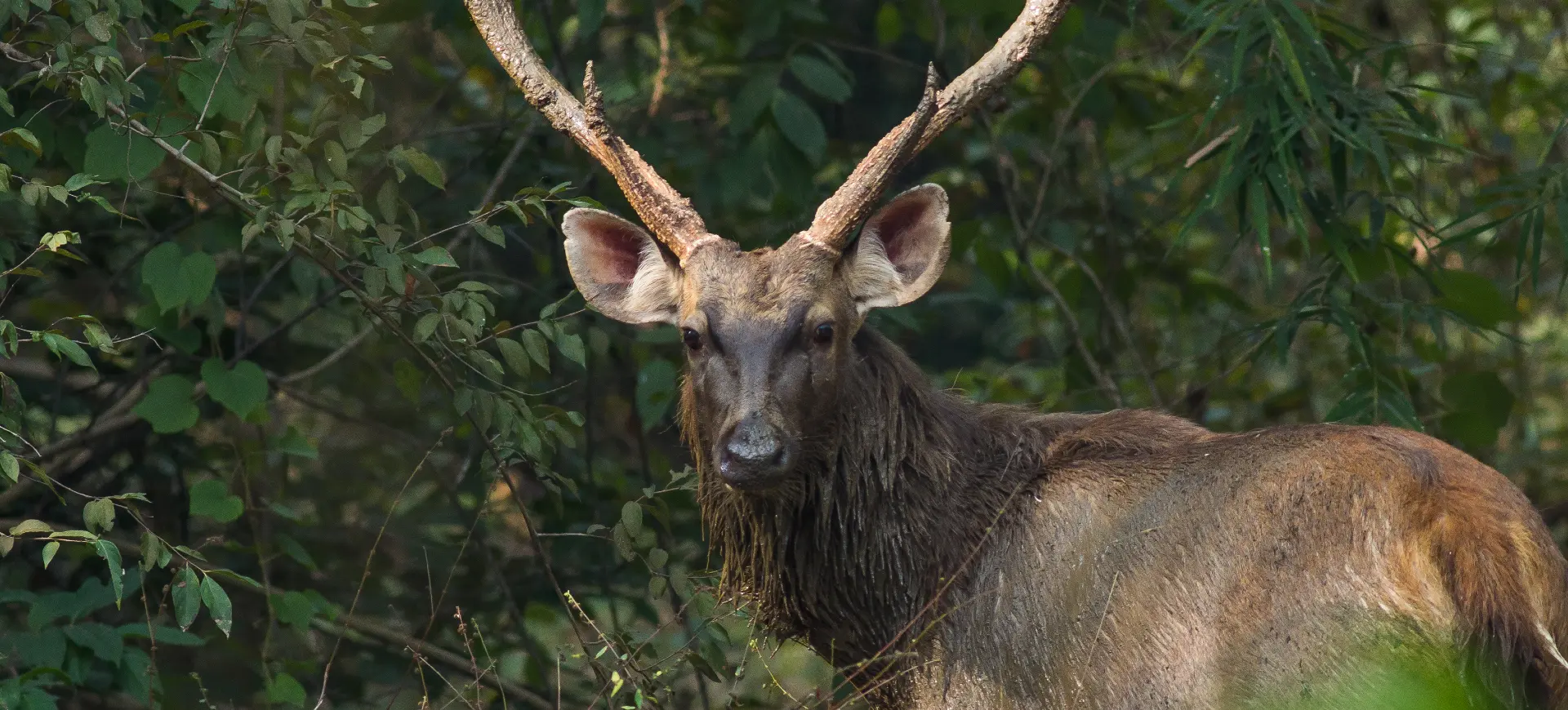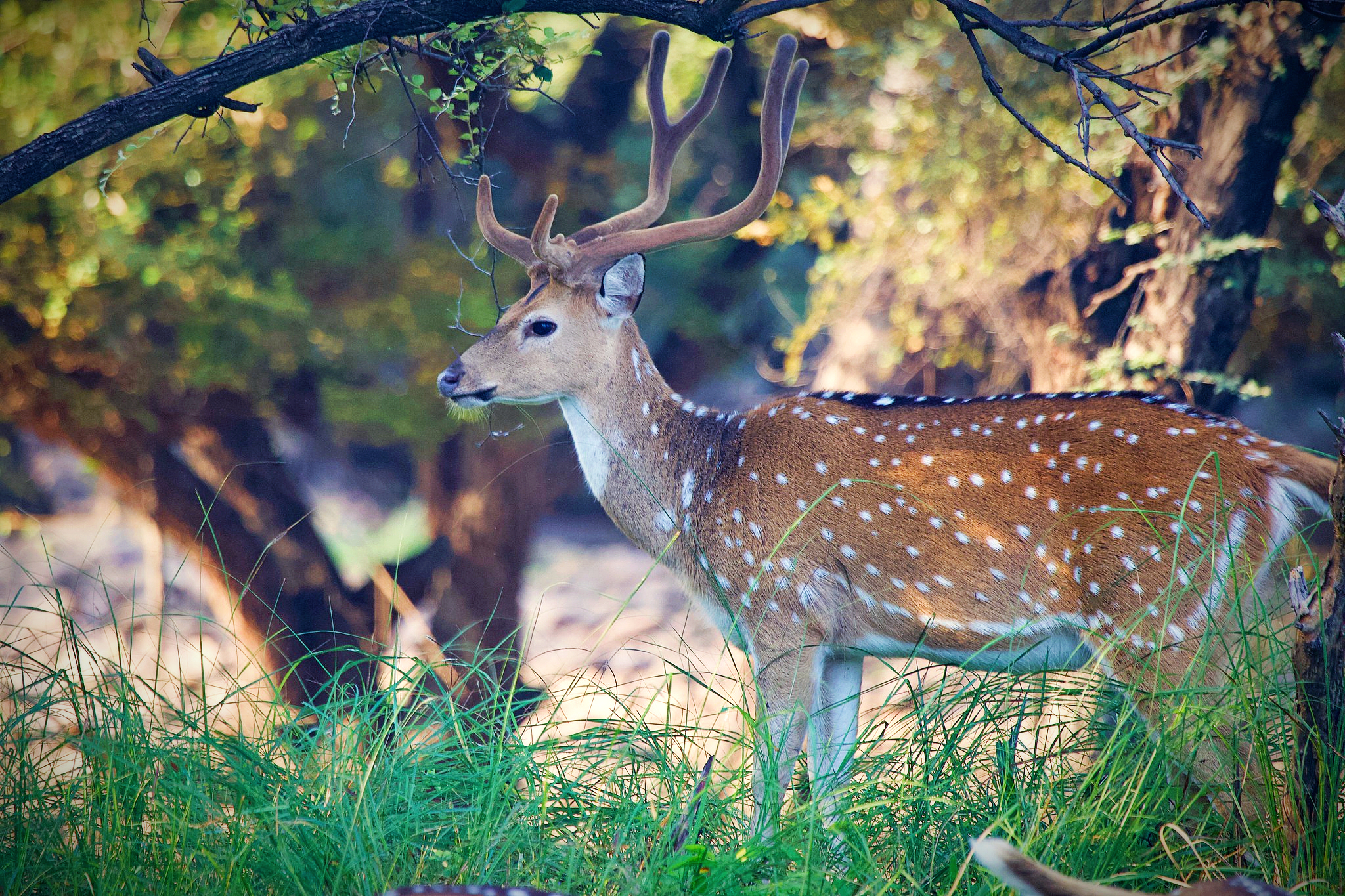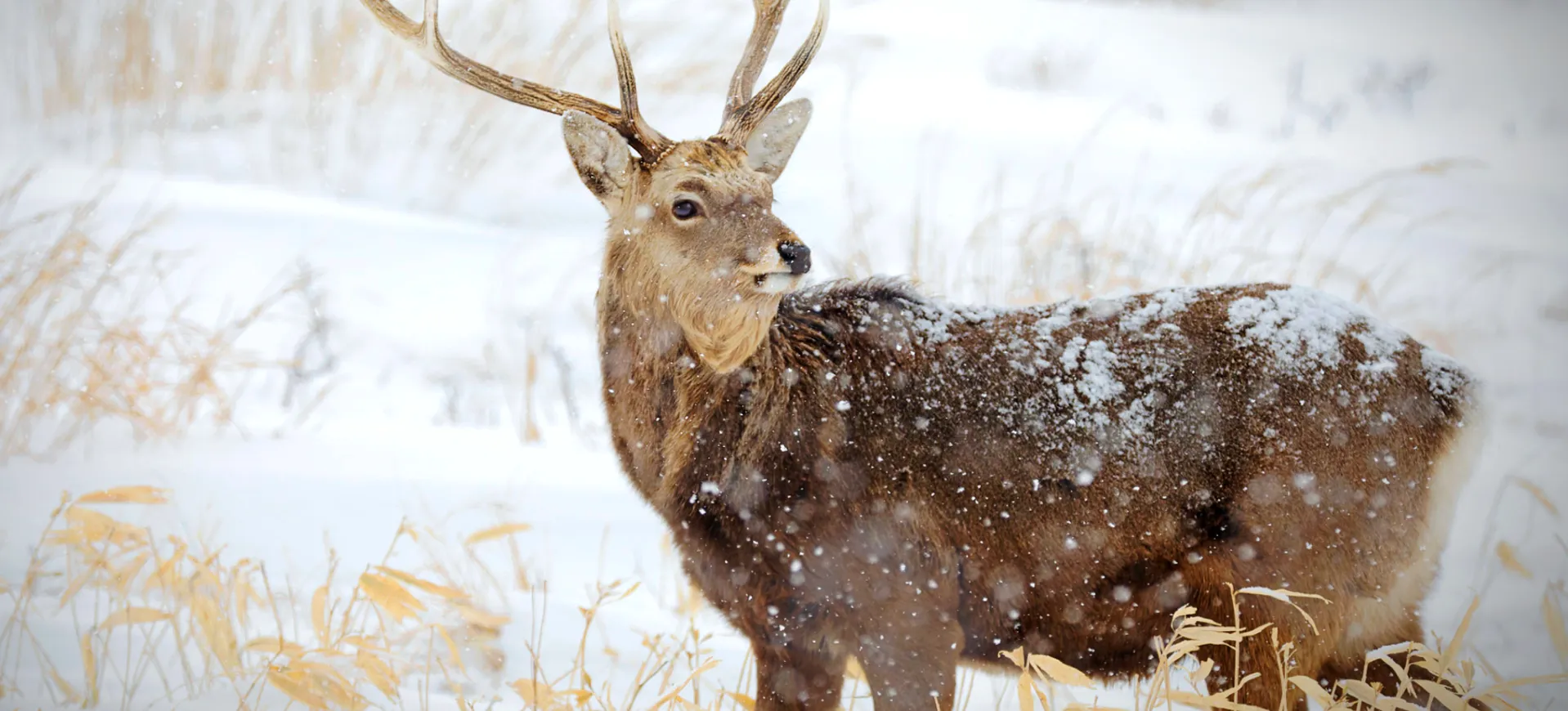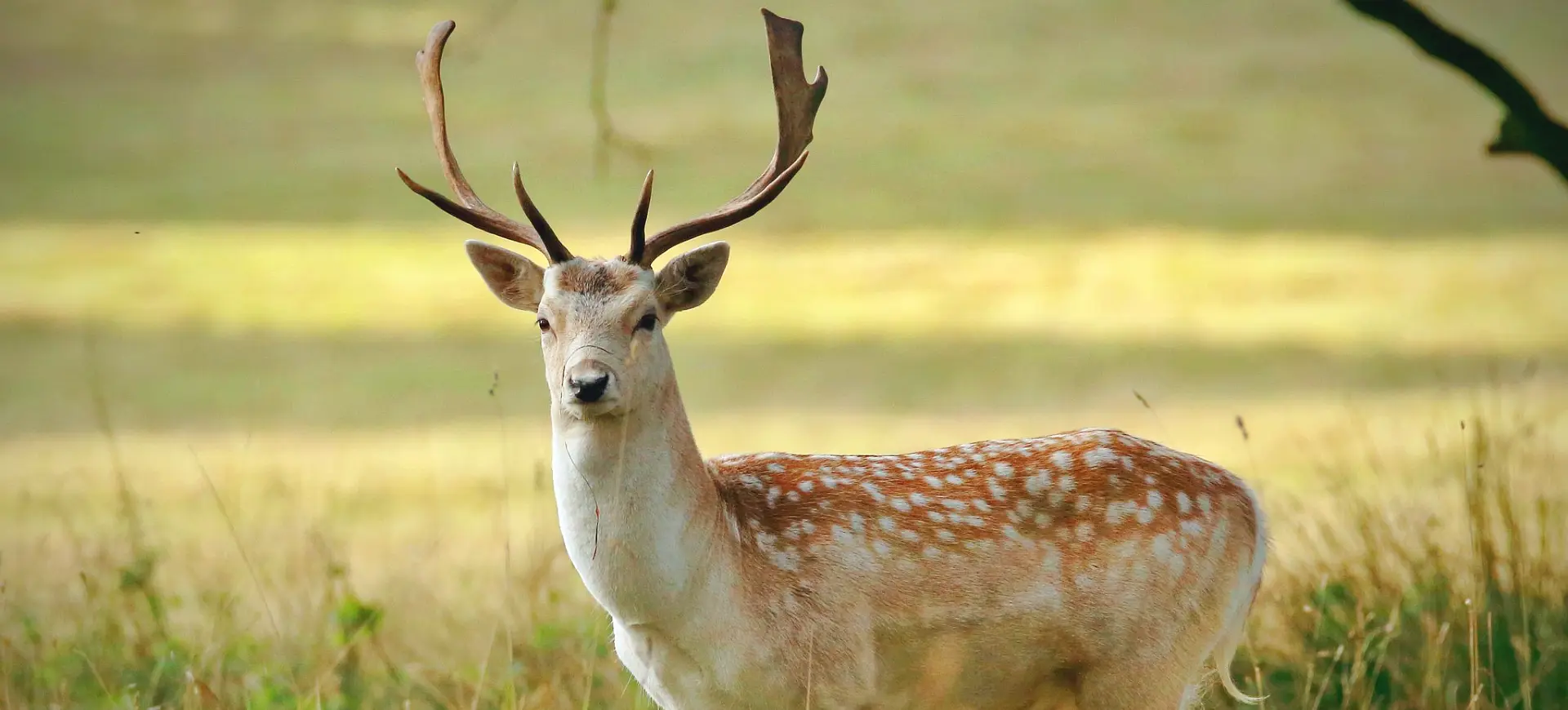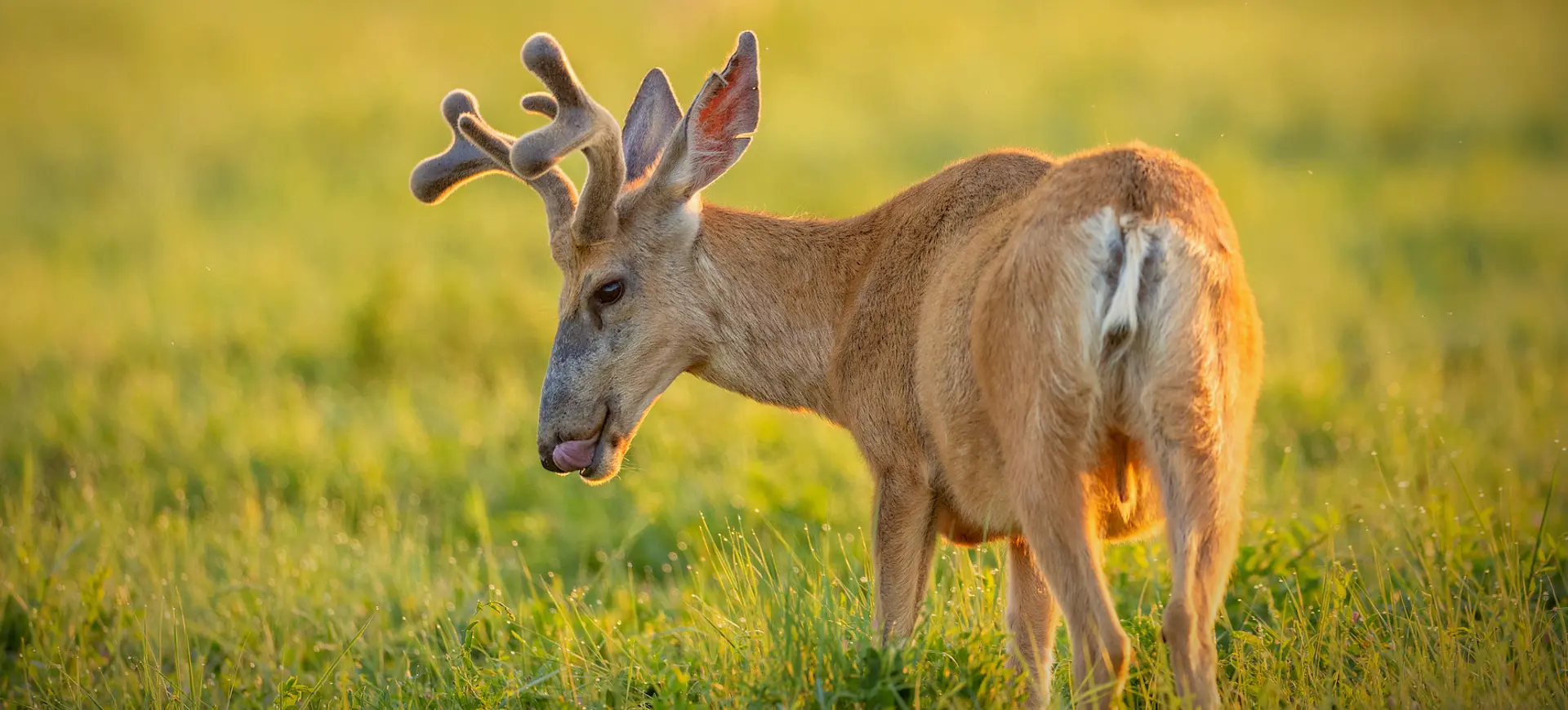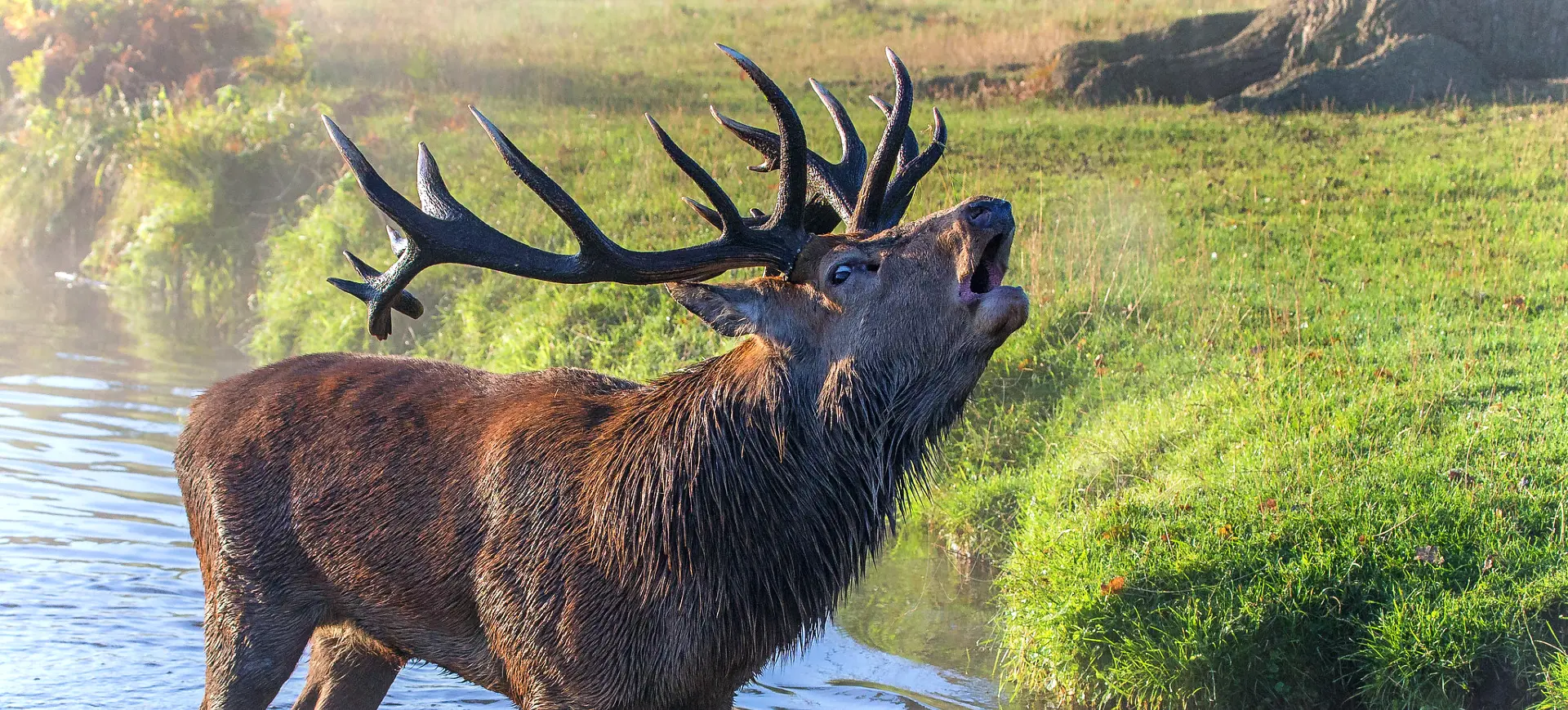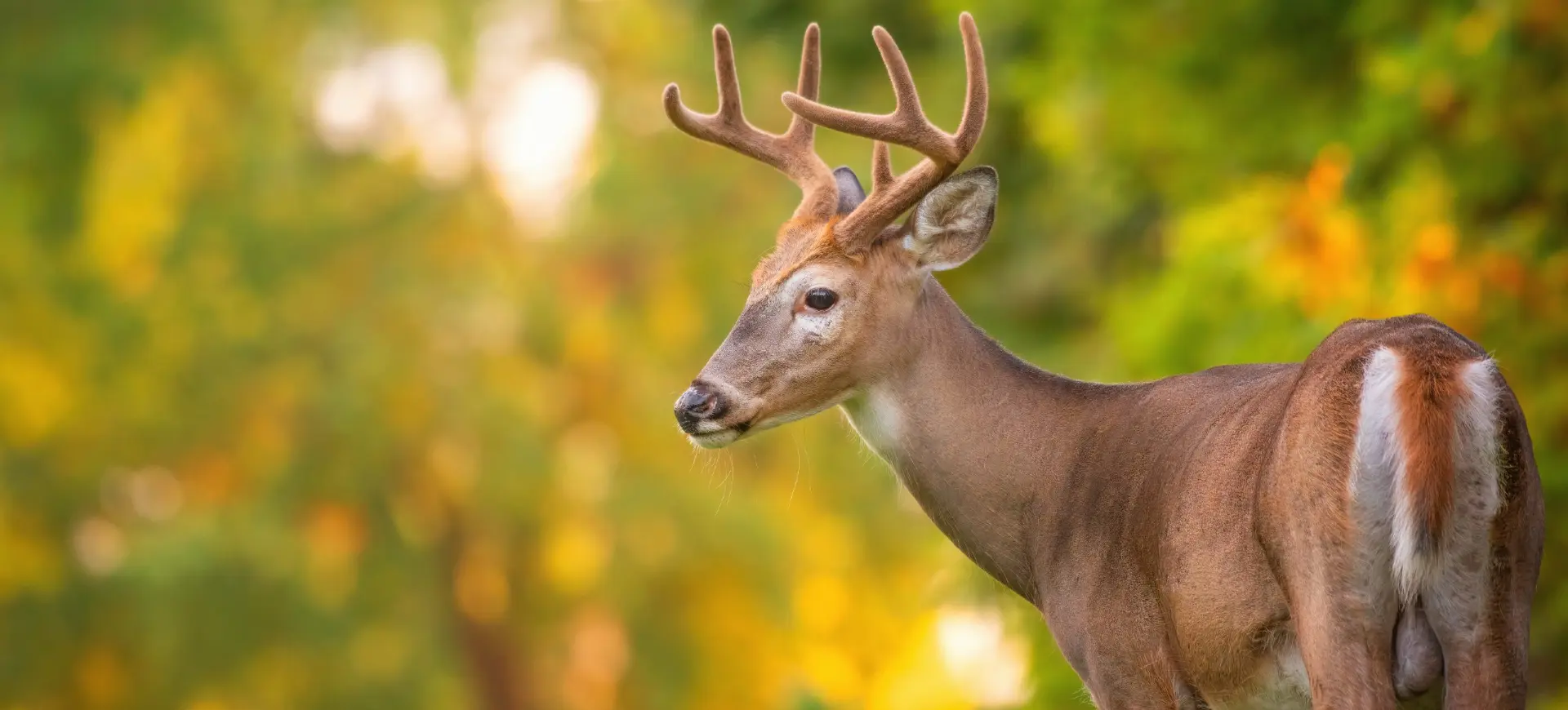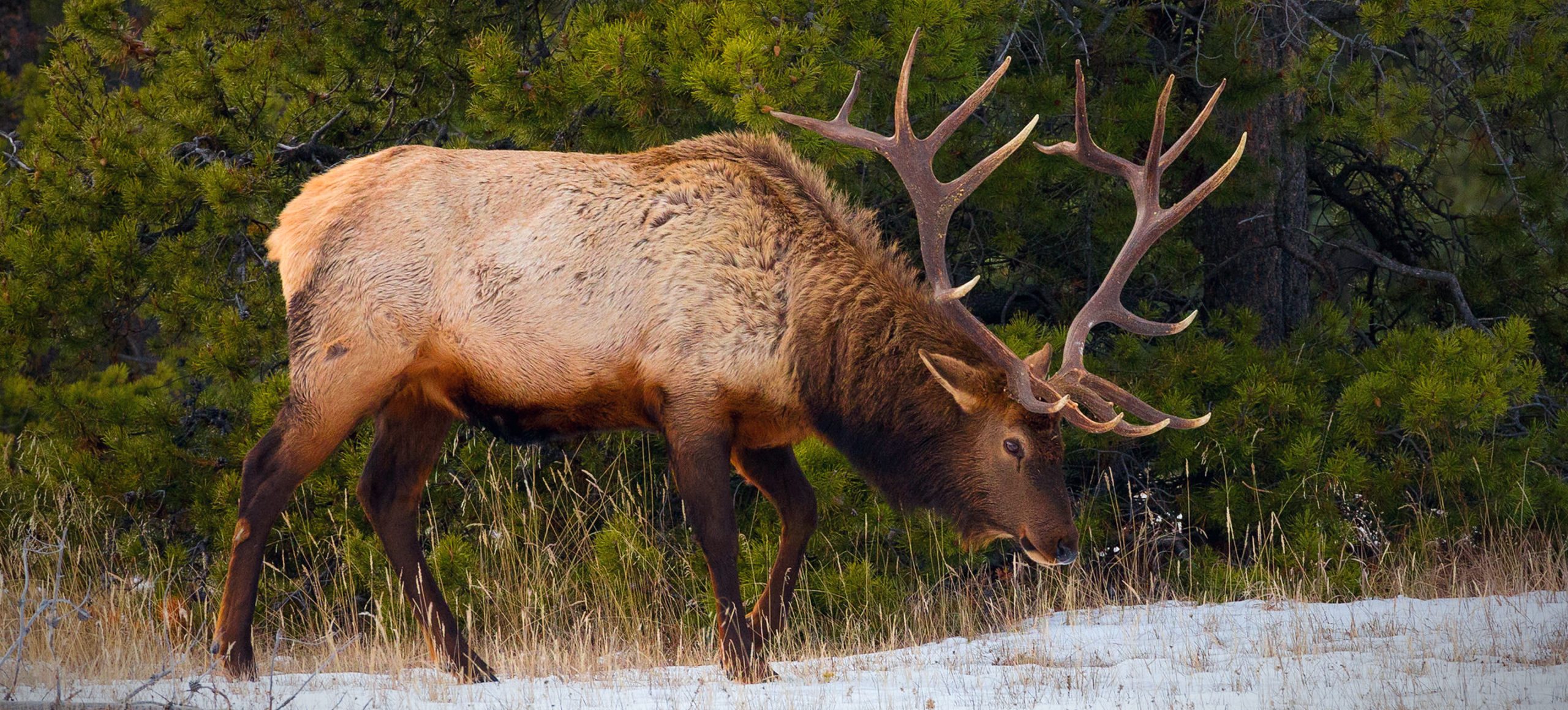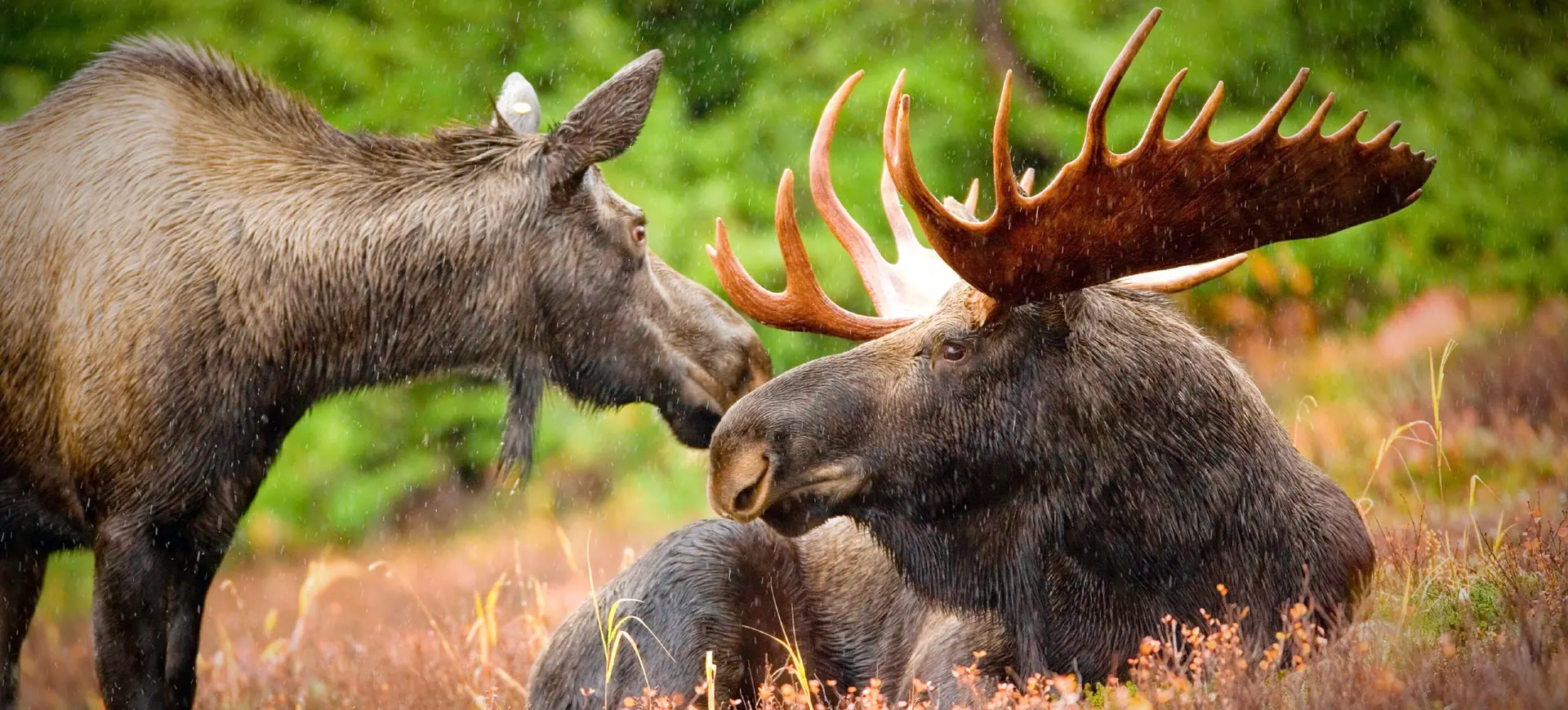Overview
Caribou, also known as reindeer in Europe, are large, cold-adapted deer native to arctic and subarctic regions. These majestic animals are crucial to the ecosystems they inhabit, playing key roles in indigenous peoples’ cultural and economic lives. Caribou are characterized by their large, distinctive antlers, which can be found in males and females, a rarity among deer species. They are well adapted to their cold environments, with specialized hooves that allow them to traverse snow and dig for food and a thick, insulated coat that protects them against harsh winter temperatures.
Caribou migrate longer distances than any other terrestrial mammal, a remarkable feat that takes them through diverse habitats, from dense forests to mountainous regions and vast tundra landscapes. This migration is a critical part of their life cycle, allowing them to access seasonal feeding grounds and avoid predators. Caribou herds vary greatly in size, from a few dozen animals to groups of several thousand, demonstrating their ability to adapt to different environmental conditions. Their diet changes seasonally, primarily consisting of lichen in the winter, which they can uniquely digest, and various plants and mushrooms in the summer.
The global caribou population is divided into numerous subspecies, each adapted to its specific habitat range. These subspecies display significant variability in size, coloration, and behavior, reflecting the diverse ecosystems they occupy. The conservation status of caribou varies by region and subspecies, with some populations stable and others facing significant threats from habitat loss, climate change, and human activities. Efforts to conserve and manage caribou populations are critical, involving habitat protection, sustainable hunting practices, and research on migration patterns and health.
Taxonomy
Kingdom
Phylum
Class
Order
Family
Genus
Species
Type
Current distribution:
Caribou populations are distributed across the northern regions of North America, Europe, and Asia. In North America, they are found from Alaska and Canada to Greenland. In Europe and Asia, their range extends from Norway and Finland through Russia to the easternmost parts of Siberia. This wide distribution reflects their ability to adapt to various cold environments, from the coastal areas of the Arctic to the inland tundra and boreal forests.
The distribution of caribou has historically been much broader, but habitat loss, climate change, and other human activities have led to declines in some areas. Conservation efforts aim to protect these habitats and ensure the survival of caribou populations. Their current distribution is closely monitored to understand environmental changes' impacts and guide conservation strategies.
Physical Description:
Caribou are distinguished by their thick fur, which varies in color from white to brown and helps insulate them against the cold. Both males and females grow large antlers, though the size and shape can vary significantly between individuals and subspecies. These antlers are shed and regrown annually, with males typically shedding theirs after the mating season and females after giving birth. Caribou have large, broad hooves that act as natural snowshoes, aiding their ability to traverse deep snow and soft tundra.
The size of a caribou can vary widely depending on its subspecies, with body length ranging from 4 to 7 feet (about 120 to 214 cm) and standing height at the shoulder from 35 to 60 inches (about 90 to 152 cm). Adult males can weigh between 350 and 400 lbs (159 to 182 kg), while females are lighter, typically weighing between 175 and 260 lbs (79 to 118 kg). This sexual dimorphism is common in deer species, with males generally larger and more robust than females. Their large, expressive eyes and sensitive ears are adapted for detecting predators, and their nostrils are designed to warm incoming cold air before it reaches their lungs.

Lifespan: Wild: ~15 Years || Captivity: ~20 Years

Weight: Male: 350-400 lbs (159-182 kg) || Female: 175-260 lbs (79-118 kg)

Length: Male: 48-84 in (120-214 cm) || Female: 48-78 in (120-198 cm)

Height: Male: 35-60 in (90-152 cm) || Female: 34-59 in (86-150 cm)

Top Speed: 50 mph (80 km/h)
Characteristic:
Native Habitat:
Caribou are native to the Arctic and subarctic regions of North America, Europe, and Asia, where they inhabit various cold environments. Their habitats include the tundra, boreal forests, and mountainous areas, each offering different resources and challenges. In these habitats, caribou have adapted to survive extreme temperatures, deep snow, and seasonal changes in food availability. Their migratory nature allows them to exploit these varied ecosystems efficiently, moving to higher elevations in summer and returning to the forests in winter.
The adaptability of caribou to diverse habitats is a testament to their evolutionary success. Their physical and behavioral adaptations, such as their insulating fur, large hooves, and migratory habits, enable them to thrive in some of the planet’s most challenging environments. This adaptability has allowed caribou to maintain populations across a wide geographical range despite the pressures of climate change and human activities.
Climate Zones:
Biomes:
WWF Biomes:
Biogeographical Realms:
Continents:
Diet:
Diet & Feeding Habits:
Caribou have a unique diet that changes with seasons, primarily feeding on lichens during winter. This ability to digest lichen, a slow-growing plant found in cold, arctic environments, is crucial for their survival during the long winters when other food sources are scarce. In the summer, their diet diversifies to include a variety of plants, leaves, mushrooms, and even small insects. This seasonal variation in diet helps ensure they receive a balance of nutrients necessary for their health and survival.
The digestive system of a caribou is highly specialized. Its four-chambered stomach allows it to ferment food, extracting maximum nutrition from its fibrous diet. This adaptation is particularly important for processing the lichens it consumes in winter. Caribou are constantly searching for food, which drives their migratory patterns and affects their distribution across their range. Their feeding behavior has significant ecological impacts, influencing the types and distributions of vegetation in their habitats.
Mating Behavior:
Mating Description:
Caribou have a polygynous mating system, where dominant males mate with multiple females during the rutting season. This season occurs in the late fall when males showcase their physical strength and large antlers in competitions to access females. The social dynamics of caribou herds change significantly during this time, with males becoming more aggressive and territorial. After successful mating, males play no role in raising the offspring born the following spring.
The gestation period for caribou is about 230 days, leading to the birth of calves in late May or early June. These calves can stand and walk within a few hours of birth, a critical adaptation that allows them to follow their mothers and escape predators. The first few weeks of a calf’s life are the most vulnerable, but with attentive care from their mothers and the protection of the herd, many survive to adulthood. The cycle of mating, birth, and migration is integral to the survival and continuity of caribou populations.
Reproduction Season:
Birth Type:
Pregnancy Duration:
Female Name:
Male Name:
Baby Name:
Social Structure Description:
Caribou are highly social animals, forming large herds that migrate together across vast landscapes. These herds protect from predators and facilitate access to food and mating opportunities. The structure of these herds can vary, with some consisting of mixed sexes and ages, while others may be segregated by sex outside of the mating season. Leadership within the herd often shifts depending on the terrain and the phase of their migration.
Social bonds are important within the herd, especially between mothers and their calves. These bonds are crucial for calves’ survival, ensuring they remain close to their mothers and the protective herd. The social dynamics of caribou herds are complex, influenced by factors such as food availability, predator presence, and the reproductive cycle. Understanding these dynamics is key to managing and conserving caribou populations effectively.
Groups:
Conservation Status:
Population Trend:
The global population of caribou is fragmented and varies significantly by region and subspecies. Some populations, particularly those in more remote and protected areas, remain stable or are even increasing. However, many populations, especially those affected by habitat loss, climate change, and human activities, are experiencing declines. Monitoring and research efforts are critical to understanding these trends and developing strategies for conservation.
The decline in some caribou populations has raised concerns about their long-term viability and the ecosystems they support. Conservation strategies focus on protecting critical habitats, managing human activities that disrupt their migration and feeding, and addressing the broader impacts of climate change. These efforts are essential for ensuring the survival of caribou populations and the cultural and ecological systems dependent on them.
Population Threats:
Habitat loss due to logging, mining, and development is a significant threat to caribou populations, disrupting their migratory patterns and reducing the availability of critical feeding grounds. Climate change compounds these challenges, altering the ecosystems caribou depend on and making their traditional migration routes more difficult. Additionally, increased predation and competition for food, sometimes exacerbated by human activities, pose further risks to their survival.
Diseases and parasites, spread both by domestic animals and through changing environmental conditions, are additional threats to caribou health and population stability. Efforts to mitigate these threats include habitat protection, sustainable land-use practices, and initiatives to reduce greenhouse gas emissions. Addressing these challenges requires coordinated action at local, national, and international levels, emphasizing the global importance of caribou conservation.
Conservation Efforts:
Conservation efforts for caribou include establishing protected areas that safeguard critical habitats and migration corridors. Research into caribou biology and ecology informs management practices and conservation strategies, helping to balance human needs with the requirements of these animals. Indigenous communities play a crucial role in conservation, applying traditional knowledge and practices to support sustainable populations.
International cooperation is essential for caribou conservation, particularly for populations that cross national borders. Agreements and initiatives that promote habitat protection, climate change mitigation, and sustainable development are key to ensuring the future of caribou and the ecosystems they inhabit. These efforts highlight the interconnectedness of environmental health, wildlife conservation, and human well-being.
Additional Resources:
Fun Facts
- Caribou are the only deer species where both males and females grow antlers.
- Their hooves expand in summer when the ground is soft and shrink in winter to cut through snow and ice.
- Caribou have a special nose structure that warms incoming cold air before it reaches their lungs.
- They can swim easily and quickly, thanks to their large, buoyant hooves that act like paddles.
- Caribou fur contains hollow air-filled hairs, providing insulation and buoyancy in water.
- They have been an essential resource for indigenous peoples of the Arctic for thousands of years, providing food, clothing, and tools.
- The caribou’s migration is one of the longest of any terrestrial mammal, with some herds traveling over 3,000 miles annually.
- Lichens, a major winter food source for caribou, take decades to grow back, making sustainable grazing practices crucial.
- Caribou calves can stand and walk within a few hours of birth, a necessary adaptation for survival in predator-rich environments.
- The word “caribou” comes from the Mi’kmaq word quipu, meaning “snow shoveler,” referring to their habit of digging through snow to find food.


